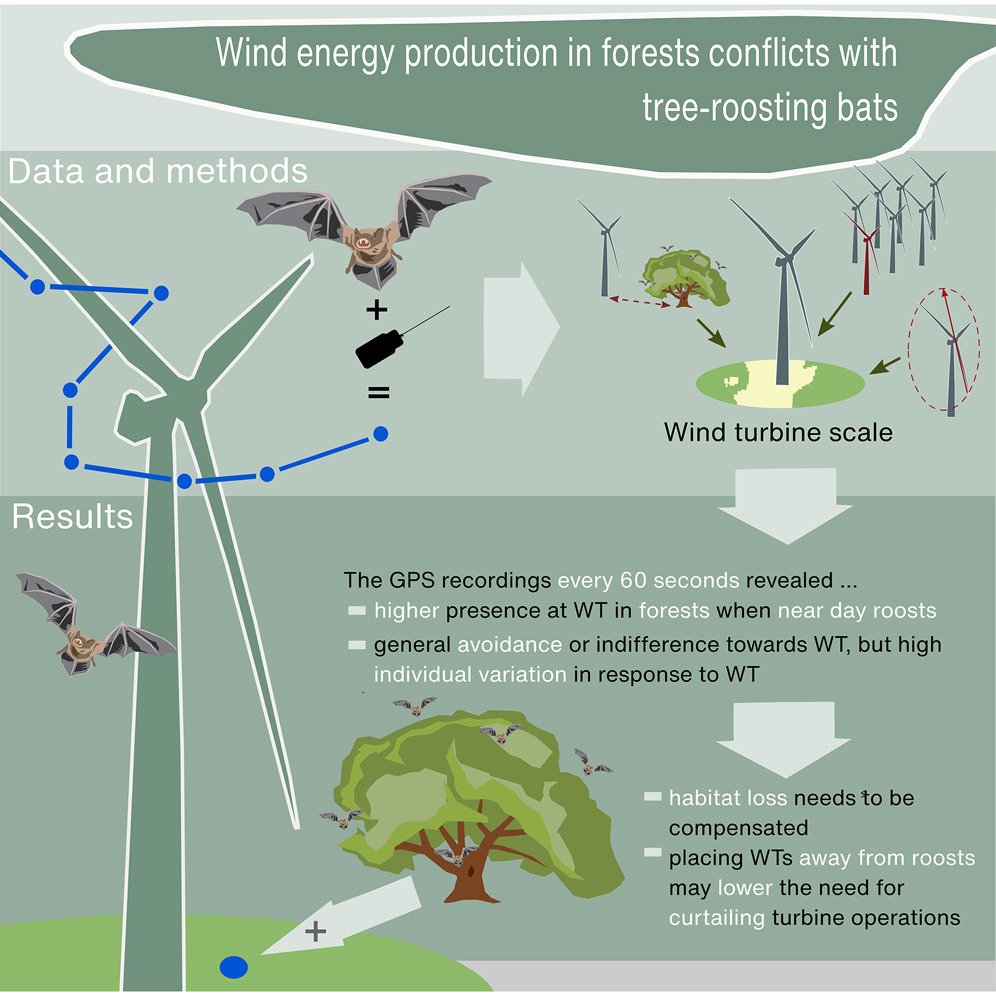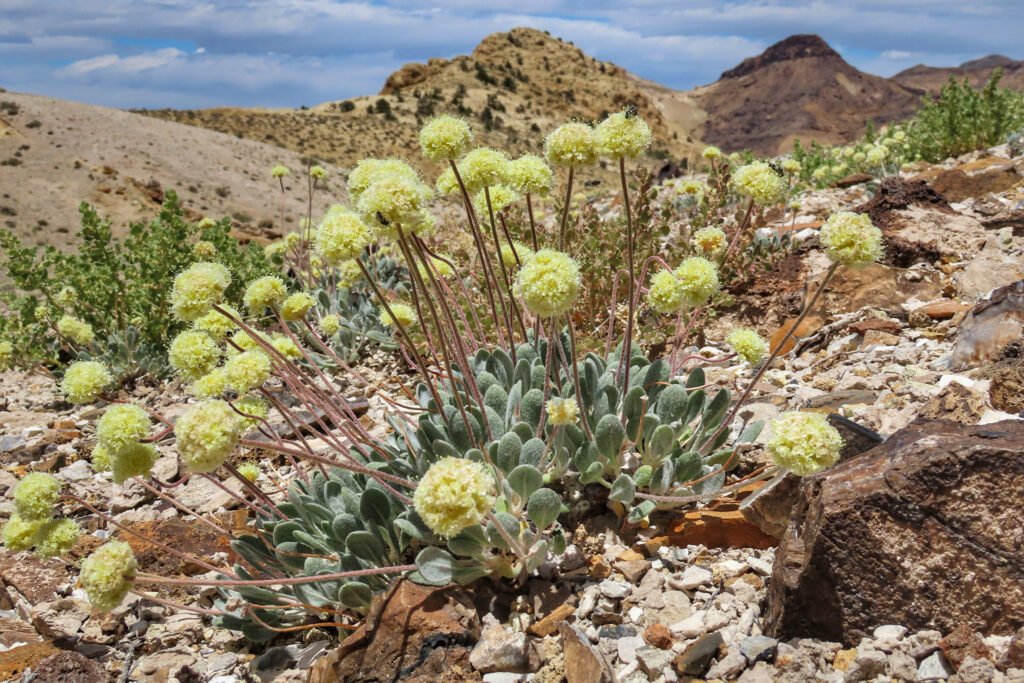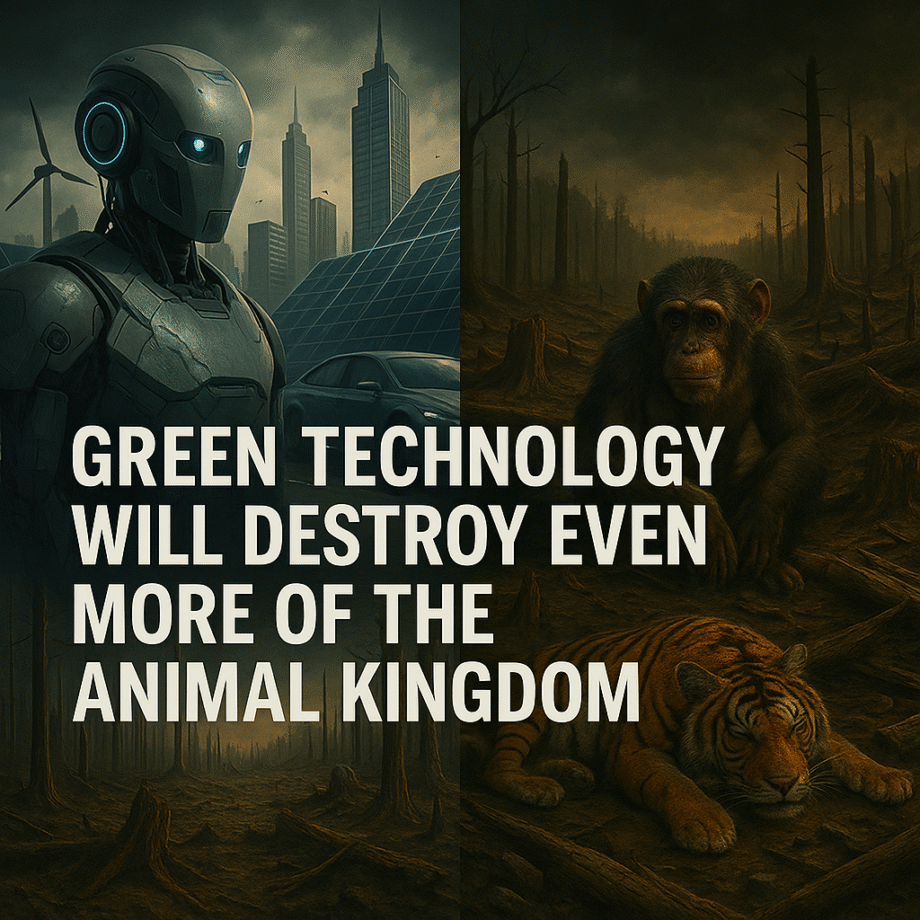Introduction: When Saving the Planet Costs the Wild
Green technology has become synonymous with hope—a beacon of progress in the global climate crisis. From AI-powered climate models to electric vehicles (EVs) and solar farms, sustainable innovations are transforming how we live. But beneath the surface of this eco-revolution lies a disturbing truth: green tech may be inadvertently pushing more animals to the brink of extinction.
In the race for renewable energy, the natural world is often a silent casualty. From massive lithium mines to AI-driven land-use systems, what is designed to protect the Earth may instead reshape—or even erase—ecosystems that have flourished for millennia.
The Expansion of Green Energy Projects and Habitat Destruction
One of the most direct threats green technology poses to wildlife is habitat loss. Expanding solar farms, wind turbine clusters, and EV battery mines require vast land clearances. According to research by the University of Queensland, large-scale solar and wind farms in Australia have already disrupted migratory bird corridors and fragmented marsupial habitats.
Companies like Siemens, though pioneers in wind and hydrogen tech, have faced criticism for failing to assess full ecological footprints before building infrastructure. Even in regions labeled as “non-arable,” these facilities often sit atop biodiverse grasslands or forests crucial to rare species.

AI and the Automation of Environmental Decision-Making
AI is powering many of today’s green innovations—from smart grids and traffic-reduction algorithms to wildlife monitoring. However, the use of AI in land-use planning is raising ethical questions. These algorithms optimize for energy efficiency or carbon offsets, not for biodiversity conservation.
In fact, AI systems used to determine “optimal” sites for renewable installations in the US and India have overlooked sensitive habitats simply because those ecosystems weren't part of digitized data sets. The result: poorly placed developments that displace endangered wildlife, all in the name of clean energy.
Mining for the Future: Lithium, Cobalt, and Rare Earth Elements
Electric vehicles are central to green transportation—but their production relies heavily on lithium, cobalt, and nickel. These materials are extracted through mining operations that are devastating to local ecologies. For example:
- Lithium Triangle (Chile, Argentina, Bolivia): Mining has disrupted flamingo populations due to groundwater depletion.
- Congo Basin: Cobalt extraction threatens gorilla habitats and brings with it a surge in illegal poaching.
Even “sustainable” mining practices fall short when considering the slow recovery rates of damaged ecosystems.

Case Study: Australia’s Renewable Push
Australia, a leader in solar and wind adoption, has seen a surge in native species loss tied directly to green infrastructure. A 2024 study published in Nature Sustainability revealed that over 30% of koala habitats in Queensland had been disturbed or lost due to solar farm installations between 2020–2023.
This is not to argue against renewable energy but to call for smarter, more animal-conscious integration of green tech. Technologies like vertical solar arrays, offshore wind farms, and AI tools calibrated for both energy and biodiversity metrics may help strike a balance.
The Way Forward: Coexistence Over Competition
Green technology doesn’t have to come at the cost of biodiversity. What’s needed is a systems-level shift, where energy solutions are not just green but ecologically informed. Environmental impact assessments must evolve to include species displacement and long-term ecological health as core metrics.
Collaboration between conservation scientists, AI developers, engineers, and policymakers is no longer optional—it’s essential. Otherwise, the unintended consequence of our green revolution might be the quiet extinction of the very life we aim to protect.

Conclusion: A Greener Future Shouldn’t Be a Quieter One
As we champion AI-powered green solutions, we must ensure we’re not silencing nature in the process. The path to sustainability must be paved with empathy—for humans and the animal kingdom alike.
Want to Explore More?
👉 Read our latest piece: Green Technologies of the Future: Which Developments Will Save the World?.
💬 Comment below: What’s your take on the environmental cost of green tech?
📲 Tag us on social media using #GreenTechRealityCheck
nature.com+7thenevadaindependent.com+7lithiumharvest.com+7
Have questions or thoughts? Comment below and let us know what more you’d like to learn about green technology—we’d love to hear from you!






